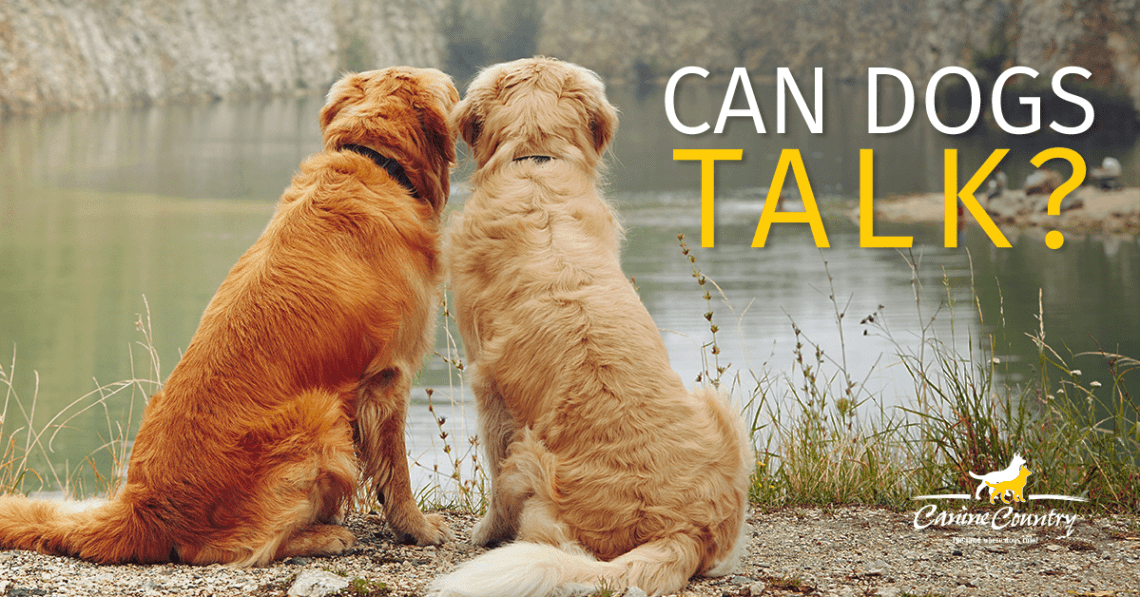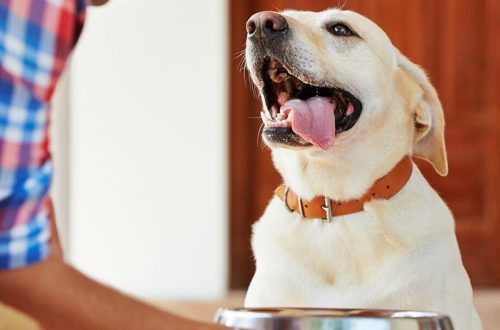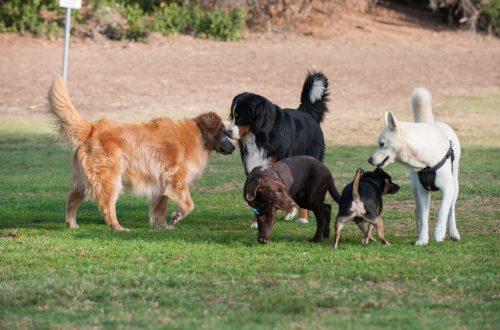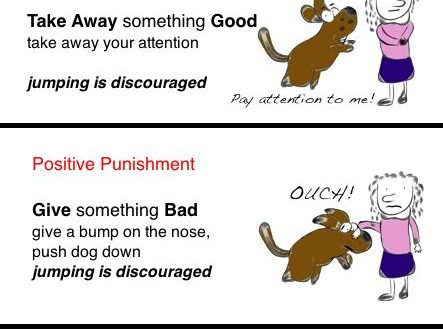
How do dogs talk to each other?
Wolves are highly socialized creatures capable of cooperative (joint) activity, and the intentional exchange of information for them is extremely important for coordinating this very activity. Dogs, in the process of domestication, have become very simple: from predators they have turned into pickers and scavengers, they have become less familial, they no longer feed offspring together, territorial behavior and territorial aggression have weakened. Communicative and demonstrative behavior in dogs also appears to be more primitive than in wolves. So, according to the well-known wolf expert E. Zimen, only 24 out of 13 forms of wolf warning and defensive behavior remained in dogs, only 33 out of 13 wolf mimic elements were retained, and only 13 out of 5 wolf forms of invitation to play. However, dogs have acquired the ability share information with people. It is believed that barking is adapted for this.
The “language” of animals can have two origins. On the one hand, these are genetically fixed information exchange mechanisms. For example, the smell of a female ready to mate is recognized by males without any training. Some postures of threat and reconciliation are so similar across dog breeds that they are clearly heritable. But in highly socialized animals, part of the socially significant signals or their variants can be transmitted socially through imitation. It is possible that dogs have lost the “words” transmitted precisely through social learning, since the mechanisms of succession are destroyed in them. If wolf cubs stay with their parents in the circle of related tribesmen up to 2–3 years and can learn anything, then we remove dogs from their natural environment at the age of 2–4 months and place them in the environment of interspecies communication “dog-human”. And obviously a person is not able to train a dog correctly and with meaning to growl and hold his tail with a gun.
Man has also reduced the ability of dogs to “talk” to each other by changing their appearance. And the change in appearance either distorted the meaning of mimic and pantomimic signals, or even made their demonstration impossible. Some dogs have become very long, others very short, some have hanging ears, others have half hanging, some are very high, others are very low, some have very short muzzles, others shamelessly elongated. Even with the help of tails, it is already difficult to convey unambiguously interpreted information. In some breeds of dogs, they are indecently long, in others they are constantly folded into a bagel and lie on their backs, and in others they do not exist at all. By and large, dog to dog is a foreigner. And talk here!
So dogs still have the most basic and easy-to-read genetically determined mechanisms and signals to communicate with each other. However, their channels of information exchange remained the same as those transmitted to them by wolves: acoustic, visual, and olfactory.
Dogs make a lot of sounds. They bark, growl, growl, whine, howl, squeal, squeak and puff. As recent studies have shown, dogs distinguish between the barking of familiar and unfamiliar dogs. They actively respond to the barking of other dogs, even when they can’t see the barkers. It is believed that the tonality and duration of the sounds produced have semantic significance.
Since the number of information signals in dogs is small, context is of particular importance. For example, barking can be joyful, inviting, threatening or warning of danger. The same goes for growling.
Mimic and pantomimic signals are transmitted through the visual channel of information exchange.
Despite the fact that the facial muscles in dogs are poorly developed, an attentive viewer can see some grimaces. According to Stanley Coren, with the help of facial expressions of the mouth (the position of the dog’s lips, tongue, the size of the opening of the mouth, the area of uXNUMXbuXNUMXbthe demonstration of teeth and gums, the presence of wrinkles on the back of the nose) can be used to show irritation, dominance, aggression, fear, attention, interest and relaxation. A menacing dog grin is easily understood not only by dogs, but also by representatives of other animal species, as well as humans.
As you know, with the help of the position of the ears and tail, as well as the movement of the tail, decent wolves transmit a lot of information to each other. Now imagine trying to “talk” to with the help of the position of the ears, the tail and its movement. It’s even hard to imagine what they will say to each other!
Of the most common pantomime signals in dogs, an invitation to play is clearly read: they fall on their front paws with a cheerful (as far as anatomy allows) expression of the muzzle. Almost all dogs understand this signal.
Given the difficulties in using facial and pantomimic signals, dogs have given up on this matter and more often turn to the olfactory channel for information exchange. That is, nose to tail.
And how dogs love to write (emphasis on the letter “a”) on poles and fences! And they love to read written by other dogs no less. You can’t pull it off, I know from my male dog.
In the smell that is under the tail and above the urinary mark, you can get information about the sex, age, size, composition of the diet, readiness for marriage, physiological state and health status.
So, when your dog raises his hind leg at the next post, he is not just urinating, he is telling the whole canine world: “Tuzik was here! Not neutered. Age 2 years. Height is 53 cm. I feed Chappie. Healthy as a bull! Bloch drove the last time the day before yesterday. Ready for love and defense!”
And be patient, do not pull the dog when he reads a similar work of another dog. Everyone loves breaking news.





